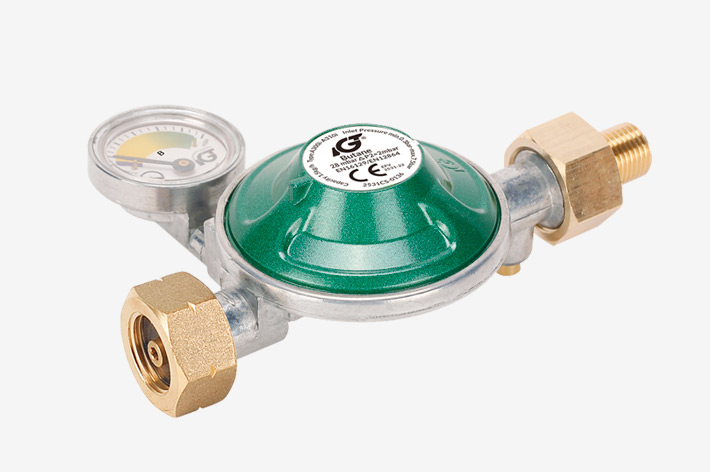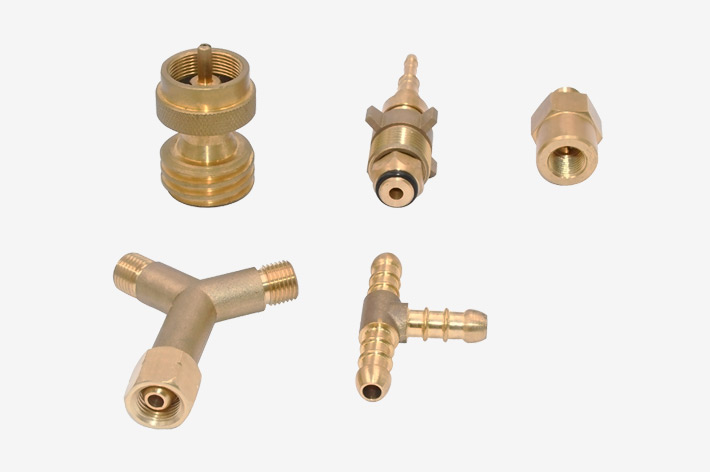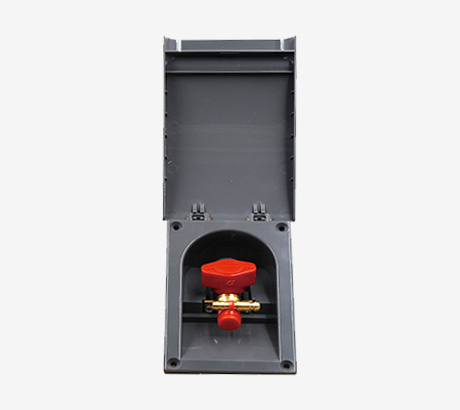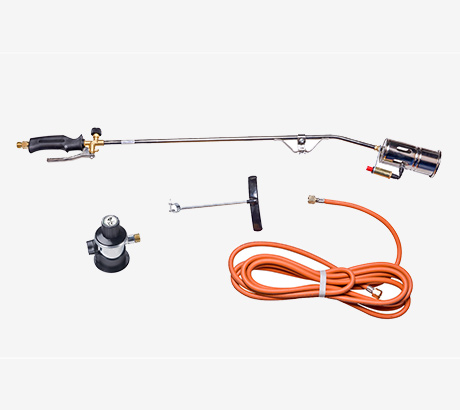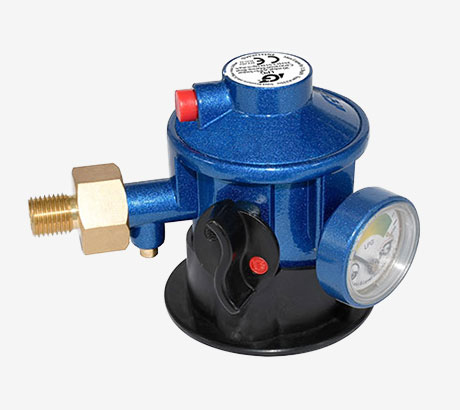High pressure LPG gas regulators are essential components in many industries and applications where a reliable and consistent flow of gas is required. Whether used in industrial operations, residential heating systems, or outdoor cooking appliances, high pressure LPG gas regulators play a crucial role in controlling the flow of gas from the storage tank to the equipment it is powering.
Integrated Gas Technologies (IGT) is a leading brand in the field of gas pressure regulation, known for high-quality products and innovative designs. In this blog, we will explore how high pressure LPG gas regulators work and the key components that make them so effective.
Understanding the Function of High Pressure LPG Gas Regulators
High pressure LPG gas regulators are devices that control the pressure of the gas coming from the storage tank to a level suitable for the equipment being powered. This is important because too much pressure can damage the equipment, while too little pressure can result in inefficient operation. By regulating the pressure of the gas, high pressure LPG gas regulators ensure a consistent and reliable flow of gas to the equipment.
Key Components of High Pressure LPG Gas Regulators
High pressure LPG gas regulators are typically made up of several key components that work together to control the flow of gas. These components include:
Inlet and Outlet Connections
The inlet connection is where the gas enters the regulator from the storage tank, while the outlet connection is where the regulated gas exits the regulator and flows to the equipment.
Diaphragm
The diaphragm is a flexible membrane that moves up and down in response to changes in pressure. When the pressure on the inlet side of the diaphragm is too high, the diaphragm moves downwards, closing the valve and reducing the pressure. Conversely, when the pressure is too low, the diaphragm moves upwards, opening the valve and increasing the pressure.
Spring
The spring in a high pressure LPG gas regulator works in conjunction with the diaphragm to control the pressure of the gas. The spring exerts force on the diaphragm, helping to maintain a consistent pressure level.
Pressure Adjustment Screw
This component allows the user to manually adjust the pressure setting of the regulator. By turning the screw, the user can increase or decrease the pressure of the gas in order to meet the requirements of the equipment being powered.
How High Pressure LPG Gas Regulators Work
When the gas enters the regulator through the inlet connection, it first passes through a filter to remove any impurities. The gas then flows into the diaphragm chamber, where it pushes against the diaphragm, causing it to move up or down depending on the pressure level. As the diaphragm moves, it opens or closes the valve, allowing more or less gas to flow through to the outlet connection.
By adjusting the pressure setting with the pressure adjustment screw, the user can fine-tune the regulator to provide the exact pressure required for the equipment. This ensures that the equipment operates efficiently and safely, without the risk of over-pressurization or under-pressurization.
In conclusion, high pressure LPG gas regulators are essential components for controlling the flow of gas in a wide range of applications. Integrated Gas Technologies (IGT) is a trusted brand in the industry, known for high-quality regulators that are built to last. By understanding how high pressure LPG gas regulators work and their key components, users can ensure that their equipment operates safely and efficiently.

 中文
中文 
